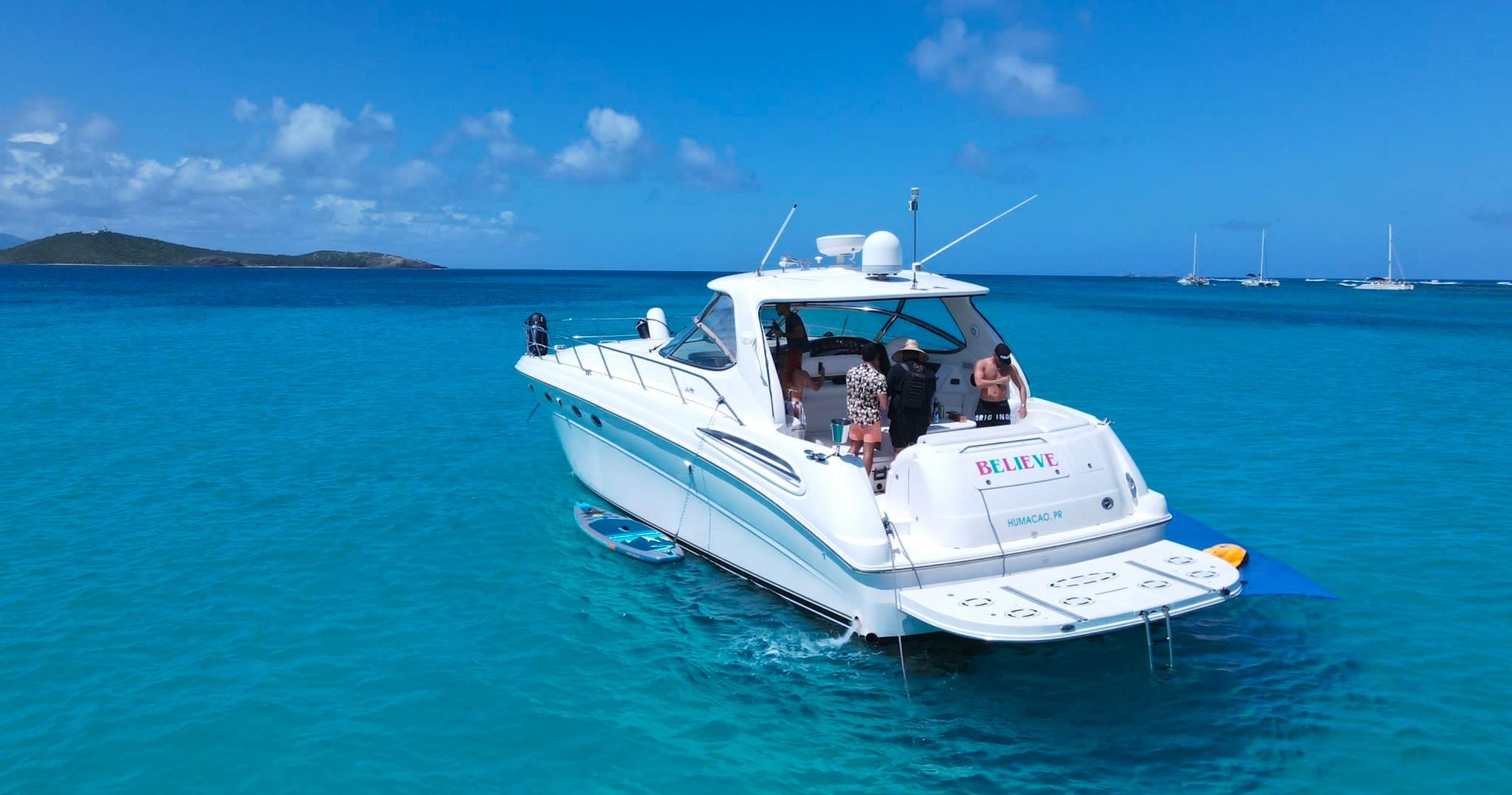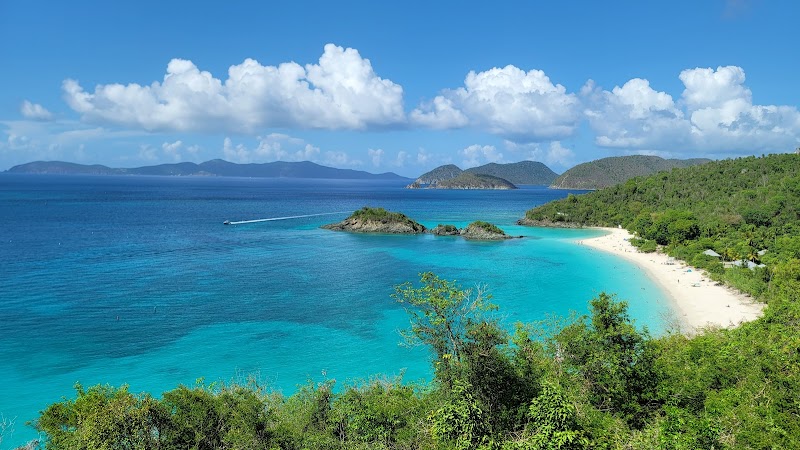Mastering the Timing: Optimal Snorkeling and Island Scenery Along Puerto Rico’s Coast
Discover the best times to snorkel and explore Puerto Rico’s stunning coastal trails where clear waters meet rugged island landscapes. This guide balances practical timing with immersive scenery, perfect for adventurers seeking both underwater clarity and scenic coastal hikes.
Plan Snorkeling During Morning Low Tides
Morning low to mid-tides provide the clearest water and gentlest currents, enhancing underwater visibility and safety.
Wear Sturdy Footwear for Rocky Coastal Trails
Trails often feature uneven, rocky terrain requiring boots or trail shoes with good grip to avoid slips.
Hydrate Generously and Bring Snacks
Warm, humid coastal air can dehydrate you quickly; carry at least two liters of water and energy-boosting snacks.
Check Weather and Tide Forecasts Daily
The island’s coastal conditions can change rapidly; local weather apps and official tide charts are crucial for safe planning.
Mastering the Timing: Optimal Snorkeling and Island Scenery Along Puerto Rico’s Coast

Icacos and Palomino Island's Full Day
7 Hours • Up to 12 people
Discover the stunning beaches and vibrant marine life of Icacos and Palomino Island on a private full-day boat tour. Perfect for travelers seeking sun, sea, and adventure in Puerto Rico, this trip promises a personalized experience like no other.
Puerto Rico's coast pulses with a rhythm that shifts with the tides and seasons, inviting snorkelers and explorers to time their visits for the best encounter with its underwater worlds and coastal vistas. The island’s coral reefs, fringed by warm turquoise waters, demand more than curiosity; they respond to daylight, tide cycles, and weather patterns that guide when the ocean shows its clearest, calmest face.
For snorkeling, mornings between 8 a.m. and 11 a.m. often deliver the most transparent waters. As the sun climbs, it lenses through the surface with precision, illuminating schools of parrotfish darting among coral fingers and the shy sea turtles drifting effortlessly. Midday also avoids the choppier afternoon winds that stir the waves, reducing visibility and challenging swimmers. Check the tide charts beforehand; low to mid-tides are ideal as they expose reefs without the risk of strong currents that come with rising tides.
Along the coast, the island's scenery is a quietly fierce presence. Rocky headlands thrust into the sea, daring the relentless surf to break their grip, while sandy coves offer calm pockets where mangroves whisper in the breeze. A coastal trail near Fajardo, for example, stretches just over three miles with minimal elevation gain, winding through shade-giving palm groves and spilling out to overlooks that expose panoramic views of offshore islands like Culebra and Vieques. This is geography in motion—terrain that pushes you gently forward with occasional rocky steps that demand sturdy boots and careful footing.
Timing your hike or beach time to early morning or late afternoon adds dimension to the experience. Cooler temperatures and softer light coax out the island’s natural colors—verdant greens, slate blues, sun-scorched yellows—without the harsh glare that high noon delivers. Hydration is key; carrying more than enough water and packing a lightweight midday snack can keep your energy steady.
Mother Nature here is uncompromising—currents can push you farther out or pull you along in a dance both wild and controlled. Respect them. Check local weather apps and tide bulletins, especially during rainier months or when trade winds pick up, altering surf consistency and water clarity.
By blending a practical understanding of environmental nuances with the desire to explore, your Puerto Rican coastal snorkeling and island trail experience shifts from a visit into an engagement—one timed to meet the island when it’s most open, most revealing, and most alive.
Nearby Trips
All Adventures
Boat Charters
Water Activities
Adventures near Fajardo
Discover the unique and memorable adventures that make Fajardo special.
Frequently Asked Questions
When is the best time of day for snorkeling off Puerto Rico's coast?
Early mornings, between 8 a.m. and 11 a.m., provide optimal conditions with calm waters, high visibility, and minimal wind interference.
How do tides affect snorkeling safety and experience?
Low to mid-tides reduce current strength and reveal coral formations, improving safety and visibility; high tides can bring stronger currents that require caution.
Are there any local wildlife I should be aware of while snorkeling?
Yes, besides colorful reef fish and sea turtles, watch for stingrays camouflaged on the sandy seabed and triggerfish guarding their homes; always respect their space.
What kind of terrain can I expect on the coastal trails?
Expect mixed terrain including sandy paths, rocky headlands, and some uneven steps with mild elevation changes; sturdy footwear is recommended.
Is it safe to snorkel alone along Puerto Rico’s coast?
Solo snorkeling is not advised due to changing currents and underwater terrain. Always go with a buddy and inform someone onshore of your plan.
Are there any environmental regulations I should follow while snorkeling?
Puerto Rico enforces reef protection laws—avoid touching or stepping on coral, and use reef-safe sunscreens to minimize environmental impact.
Recommended Gear
Reef-safe Sunscreen
Protects skin while preserving marine ecosystems; crucial under strong tropical sun.
Snorkeling Gear (Mask, Snorkel, Fins)
Quality equipment ensures clearer vision underwater, easier swimming, and comfortable exploration of coral reefs.
Waterproof Hiking Shoes
Protects feet on rocky, wet trails near the coast and offers grip on slippery rocks.
Hydration Pack or Water Bottle
Keeps you hydrated in humid tropical conditions; essential for longer hikes and active snorkeling days.
Local Insights
Hidden Gems
- "Playuela Beach - lesser-known cove with calm waters perfect for beginner snorkelers"
- "Icacos Island - off the coast with pristine reef systems and shallow snorkeling areas"
Wildlife
- "Hawksbill turtles often glide near coral clusters"
- "The Puerto Rican crested toad sings in coastal mangroves at dusk"
History
"Coastal paths trace historic fishing routes used by indigenous Taíno communities; some old stone markers can still be found along trails."
